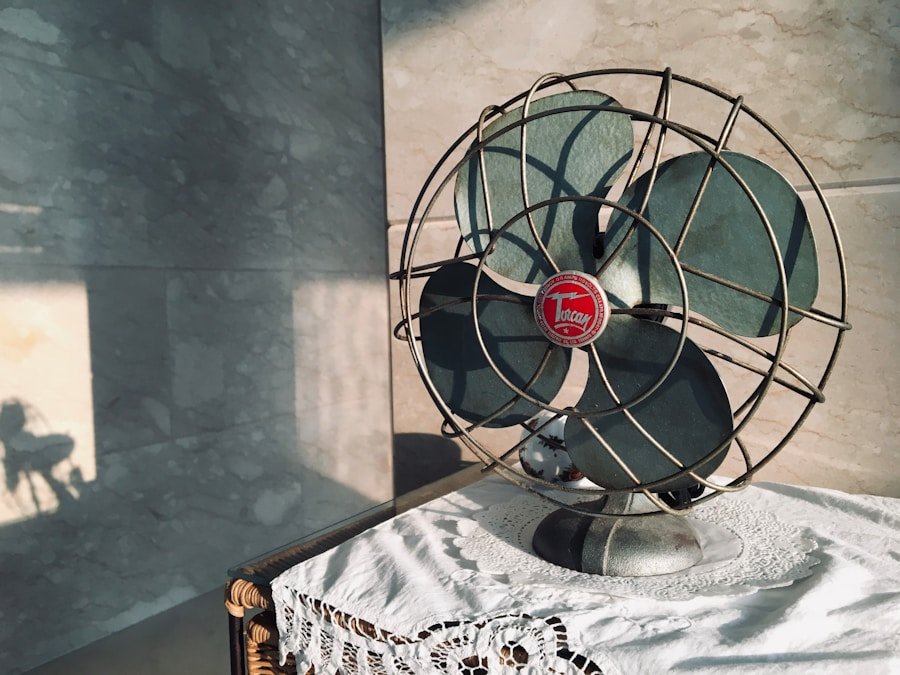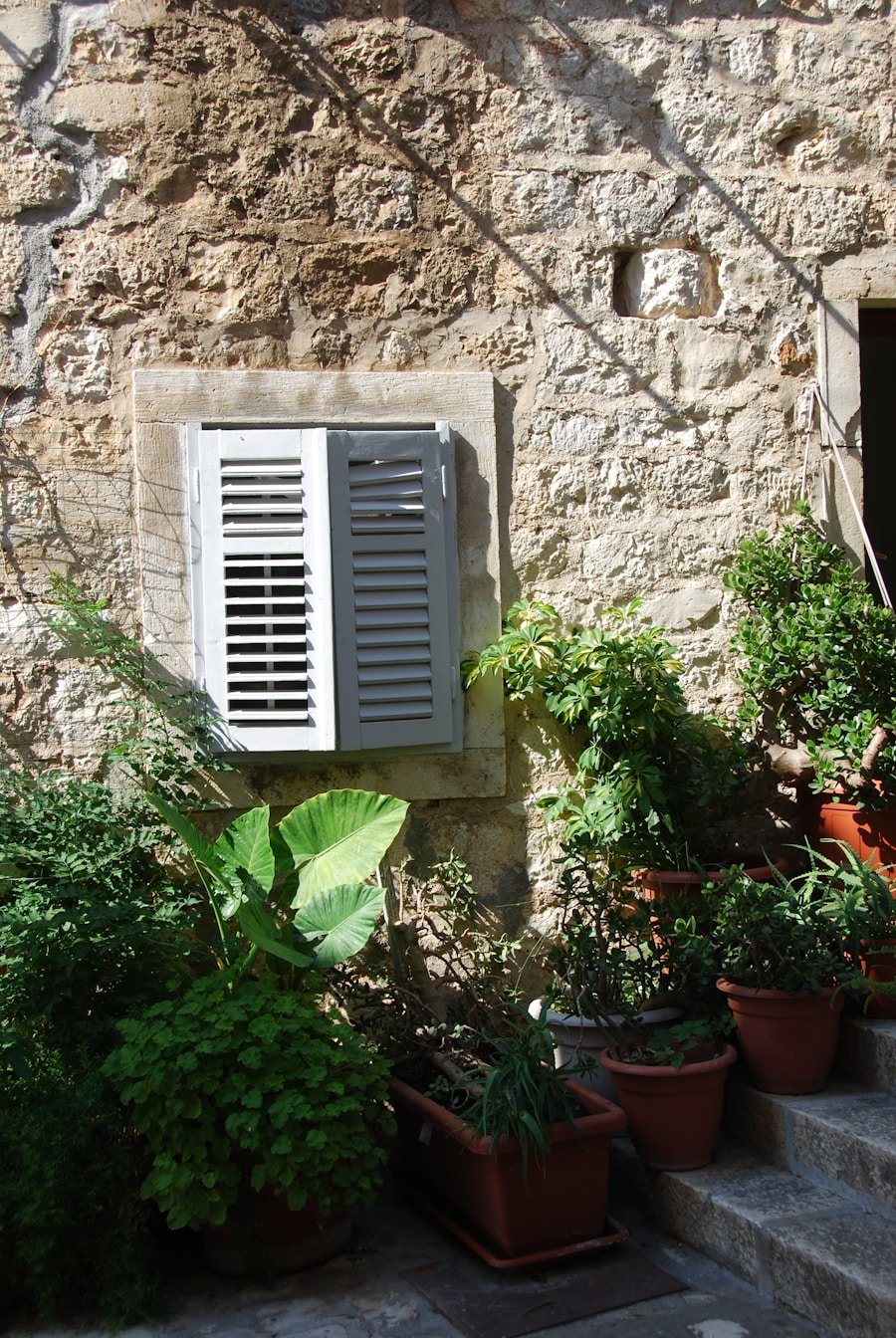As the sweltering heat of summer approaches, the need for effective cooling solutions becomes paramount for both residential and commercial spaces. The rising global temperatures, attributed to climate change and urbanization, have made summer cooling investments not just a luxury but a necessity. Homeowners and business operators alike are increasingly recognizing the importance of investing in systems that can provide relief from extreme heat while ensuring comfort and productivity.
This article delves into the various aspects of summer cooling investments, exploring their benefits, costs, environmental impacts, types, and maintenance requirements. The decision to invest in summer cooling systems is influenced by several factors, including geographical location, building design, and personal comfort preferences. In regions where summer temperatures soar, the demand for efficient cooling solutions is particularly high.
Moreover, with advancements in technology, modern cooling systems have become more energy-efficient and environmentally friendly, making them an attractive option for those looking to reduce their carbon footprint while enhancing indoor comfort. Understanding the nuances of these systems can empower consumers to make informed decisions that align with their needs and values.
Key Takeaways
- Summer cooling investments are essential for maintaining a comfortable and productive environment during hot weather.
- Summer cooling systems can improve air quality, reduce humidity, and provide a more comfortable living or working space.
- The cost of summer cooling investments can vary depending on the type of system and the size of the space being cooled.
- Summer cooling systems can have a significant environmental impact, but there are options available that are more energy-efficient and eco-friendly.
- There are various types of summer cooling systems available, including air conditioners, fans, evaporative coolers, and heat pumps, each with its own benefits and drawbacks.
Benefits of Summer Cooling Systems
The primary benefit of summer cooling systems is the immediate comfort they provide. High temperatures can lead to discomfort, decreased productivity, and even health risks such as heat exhaustion or heat stroke. By investing in a reliable cooling system, individuals can create a safe and pleasant indoor environment that promotes well-being.
For instance, air conditioning units not only cool the air but also filter out pollutants and allergens, contributing to better indoor air quality. This is particularly beneficial for individuals with respiratory issues or allergies. In addition to comfort and health benefits, summer cooling systems can also enhance productivity in work environments.
Studies have shown that employees perform better in temperature-controlled settings. A comfortable workplace reduces distractions caused by heat discomfort, allowing employees to focus on their tasks more effectively. Furthermore, businesses that prioritize employee comfort often see lower turnover rates and higher job satisfaction, which can translate into improved overall performance and profitability.
Cost Analysis of Summer Cooling Investments

When considering summer cooling investments, a thorough cost analysis is essential. The initial purchase price of cooling systems can vary significantly based on the type and capacity of the unit. For example, central air conditioning systems typically require a higher upfront investment compared to window units or portable air conditioners.
However, central systems often provide more efficient cooling for larger spaces and can lead to lower energy bills over time due to their ability to cool multiple rooms simultaneously. In addition to the initial costs, ongoing expenses such as electricity consumption, maintenance, and potential repairs must be factored into the overall investment. Energy-efficient models may have a higher upfront cost but can result in substantial savings on utility bills in the long run.
The Seasonal Energy Efficiency Ratio (SEER) rating is a critical metric to consider when evaluating energy efficiency; higher SEER ratings indicate better energy performance. Homeowners should also consider local utility incentives or rebates for energy-efficient cooling systems, which can help offset initial costs.
Environmental Impact of Summer Cooling Systems
| Summer Cooling System | Environmental Impact |
|---|---|
| Air Conditioning | Increased energy consumption leading to higher greenhouse gas emissions |
| Evaporative Cooling | Lower energy consumption and reduced greenhouse gas emissions compared to air conditioning |
| Heat Pumps | Can be more energy efficient than traditional heating and cooling systems, reducing overall environmental impact |
The environmental impact of summer cooling systems is a growing concern as climate change continues to affect global weather patterns. Traditional cooling systems often rely on refrigerants that can contribute to ozone depletion and global warming if not managed properly. However, advancements in technology have led to the development of more eco-friendly refrigerants and systems designed to minimize environmental harm.
For instance, systems using hydrofluoroolefins (HFOs) are gaining popularity due to their lower global warming potential compared to traditional refrigerants. Moreover, energy consumption associated with cooling systems contributes significantly to greenhouse gas emissions. As such, investing in energy-efficient cooling solutions not only benefits individual users but also has broader implications for environmental sustainability.
Utilizing smart thermostats and programmable controls can further enhance energy efficiency by optimizing cooling schedules based on occupancy patterns. By reducing energy consumption during peak hours, users can help alleviate stress on the electrical grid and contribute to a more sustainable future.
Types of Summer Cooling Systems
There are several types of summer cooling systems available on the market, each with its unique features and benefits. Central air conditioning systems are among the most common choices for larger homes or commercial buildings. These systems use a network of ducts to distribute cooled air throughout the space, providing consistent temperature control across multiple rooms.
While they require a significant initial investment and professional installation, their efficiency and effectiveness make them a popular option. For smaller spaces or those seeking more flexible solutions, window air conditioners and portable units offer an alternative. Window units are designed to fit into standard window frames and are ideal for cooling individual rooms.
They are generally more affordable than central systems but may not provide the same level of comfort across larger areas. Portable air conditioners offer mobility and convenience, allowing users to move them from room to room as needed. However, they often require venting through a window or wall and may have limitations in terms of cooling capacity.
Factors to Consider Before Investing in Summer Cooling

Before making a decision on summer cooling investments, several factors should be carefully evaluated. First and foremost is the size of the space that requires cooling; selecting a system with the appropriate capacity is crucial for optimal performance. An undersized unit will struggle to cool the area effectively, leading to increased energy consumption and wear on the system.
Conversely, an oversized unit may cool the space too quickly without adequately dehumidifying the air, resulting in discomfort. Another important consideration is energy efficiency. Consumers should look for models with high SEER ratings and Energy Star certifications, which indicate compliance with strict energy efficiency guidelines set by the U.S.
Environmental Protection Agency (EPA). Additionally, local climate conditions play a significant role in determining the best type of cooling system; regions with high humidity may benefit from systems that also dehumidify the air effectively.
Maintenance and Upkeep of Summer Cooling Systems
Proper maintenance is essential for ensuring the longevity and efficiency of summer cooling systems. Regular upkeep not only helps prevent costly repairs but also enhances energy efficiency and indoor air quality. Homeowners should schedule annual professional inspections for central air conditioning systems to check refrigerant levels, clean coils, and inspect ductwork for leaks or blockages.
For window units or portable air conditioners, routine cleaning of filters is crucial; clogged filters can restrict airflow and reduce cooling efficiency. In addition to professional maintenance, users can take proactive steps to optimize their cooling systems’ performance. Keeping windows and doors closed during peak heat hours helps maintain indoor temperatures while reducing strain on the system.
Utilizing ceiling fans in conjunction with air conditioning can create a wind-chill effect that enhances comfort without significantly increasing energy consumption. Furthermore, sealing gaps around windows and doors can prevent cool air from escaping and hot air from entering, improving overall efficiency.
Is a Summer Cooling Worth the Investment?
Investing in summer cooling systems presents numerous advantages that extend beyond mere comfort during hot months. The health benefits associated with maintaining a cool indoor environment cannot be overstated; they play a vital role in preventing heat-related illnesses and promoting overall well-being. Additionally, businesses that prioritize employee comfort through effective cooling solutions often experience enhanced productivity and morale.
While the initial costs of summer cooling investments may seem daunting, careful consideration of long-term savings on energy bills and potential health benefits can make these investments worthwhile. As technology continues to evolve towards more energy-efficient and environmentally friendly options, consumers have access to a range of solutions that align with both their financial goals and sustainability values. Ultimately, whether for residential or commercial purposes, investing in summer cooling systems is an essential step toward creating comfortable living and working environments in an increasingly warm world.
If you’re considering investing in a summer cooling system for your home, you may also want to check out this article on the 5 Best Garbage Disposal Cleaners to Keep Your Kitchen Fresh. Keeping your kitchen clean and fresh is essential for a comfortable living environment, and having a reliable garbage disposal cleaner can make a big difference. So, while you’re thinking about ways to stay cool this summer, don’t forget to also consider the cleanliness of your kitchen.
FAQs
What is a summer cooling system?
A summer cooling system is a device or system designed to lower the temperature in a specific area during the hot summer months. This can include air conditioning units, fans, or other cooling technologies.
What are the benefits of investing in a summer cooling system?
Investing in a summer cooling system can provide numerous benefits, including improved comfort and productivity, better air quality, and the ability to create a more pleasant living or working environment during hot weather.
What are the different types of summer cooling systems available?
There are several types of summer cooling systems available, including central air conditioning, ductless mini-split systems, window units, portable air conditioners, evaporative coolers, and fans. Each type has its own advantages and considerations.
What factors should be considered when deciding if a summer cooling system is worth the investment?
When deciding if a summer cooling system is worth the investment, factors to consider include the climate in your area, the size and layout of the space to be cooled, energy efficiency, upfront costs, ongoing maintenance, and the potential impact on property value.
What are some tips for maximizing the efficiency of a summer cooling system?
To maximize the efficiency of a summer cooling system, it’s important to properly size the unit for the space, seal any air leaks, use programmable thermostats, keep filters clean, and consider using fans to help circulate air. Additionally, shading windows and minimizing heat-generating activities can also help reduce the workload on the cooling system.


1 thought on “Is a Summer Cooling Worth the Investment?”